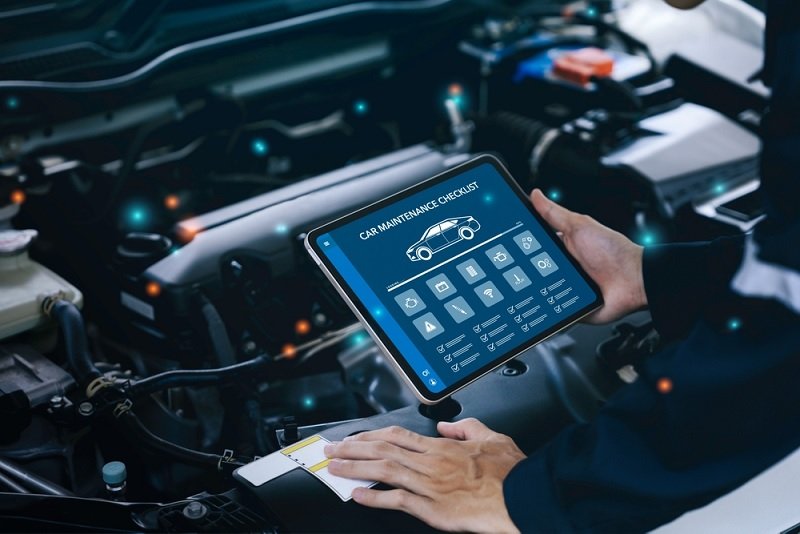In a world where automotive technology evolves at breakneck speed and environmental regulations continue to tighten, the idea of a ‘future-proof’ car has become more relevant than ever. But what exactly does it mean for a car to be future-proof? Is it about the latest tech? Fuel efficiency? Sustainability? The answer lies in a blend of thoughtful engineering, long-term value and proactive ownership.
Tech Without Overload
Modern vehicles come equipped with an impressive array of technologies, from advanced driver-assistance systems (ADAS) to over-the-air software updates. These features extend the usability of a car in an ever-evolving tech landscape.
For example, vehicles equipped with upgradable software can receive improvements in performance, navigation and even self-driving capabilities without requiring a new model. As such, a car that supports ongoing updates is a strong candidate for future-proofing.
However, there’s a fine balance to maintain. Overloading a car with gimmicky features can backfire if they quickly become obsolete or hard to repair. True future-proofing means smart integration of scalable tech, not flashy distractions. And there’s no point in protecting the interior, tech and paintwork of a car if the mechanical parts are not as durable or as maintainable.
Efficiency and Emissions
Another major component of future-proofing is environmental compatibility. Hybrid and electric vehicles are fast becoming the norm, not the exception. With many governments across the globe planning to ban new petrol and diesel vehicles within the next decade, it’s no surprise that consumers are shifting to greener alternatives.
But even within this shift, future-proofing is also about flexibility. For instance, some carmakers are exploring hydrogen fuel cells and modular battery packs. These technologies allow drivers to adapt to changing infrastructure over time.
In addition, vehicles designed with sustainable materials and efficient energy use stand a better chance of meeting tomorrow’s environmental expectations without needing constant modification.
Durability and Protection
While performance and tech make headlines, longevity in appearance and construction is just as critical. A well-maintained vehicle not only retains resale value but also continues to look relevant and stylish, years down the line.
One increasingly popular method for preserving a car’s exterior is applying a paint protection film. This transparent layer shields a vehicle’s paintwork from chips, scratches, road salt and environmental damage. While it’s often associated with luxury or sports cars, more mainstream drivers are now investing in this option as part of a broader strategy to extend the life and look of their vehicles.
When paired with rustproofing, regular detailing and smart parking habits, this kind of preventive care plays a major role in keeping a car future-ready aesthetically as well as mechanically.
Resale and Long-Term Viability
As mobility trends shift toward shared ownership, subscription models and car-as-a-service platforms, resale value becomes a key metric in future-proofing. A car with a strong brand reputation, low emissions, tech upgradeability and visible care is more likely to command a higher resale price or find a second life in new ownership.
Buyers are increasingly aware of what makes a car viable not just today, but five or ten years down the road. Factors like serviceability, wide availability of replacement parts, and compatibility with emerging infrastructure (such as high-speed EV charging networks) are influencing purchasing decisions now more than ever.
Mindset Matters
Ultimately, future-proofing involves choosing vehicles that are built to last, staying informed about technology and environmental shifts and investing in care practices that extend your vehicle’s performance and appeal.
While no car is completely immune to obsolescence, drivers who think ahead can extend the usefulness and value of their vehicle well into the next decade. And with options like paint protection film becoming more accessible, protecting your investment has never been easier.
Refresh Date: August 22, 2025



